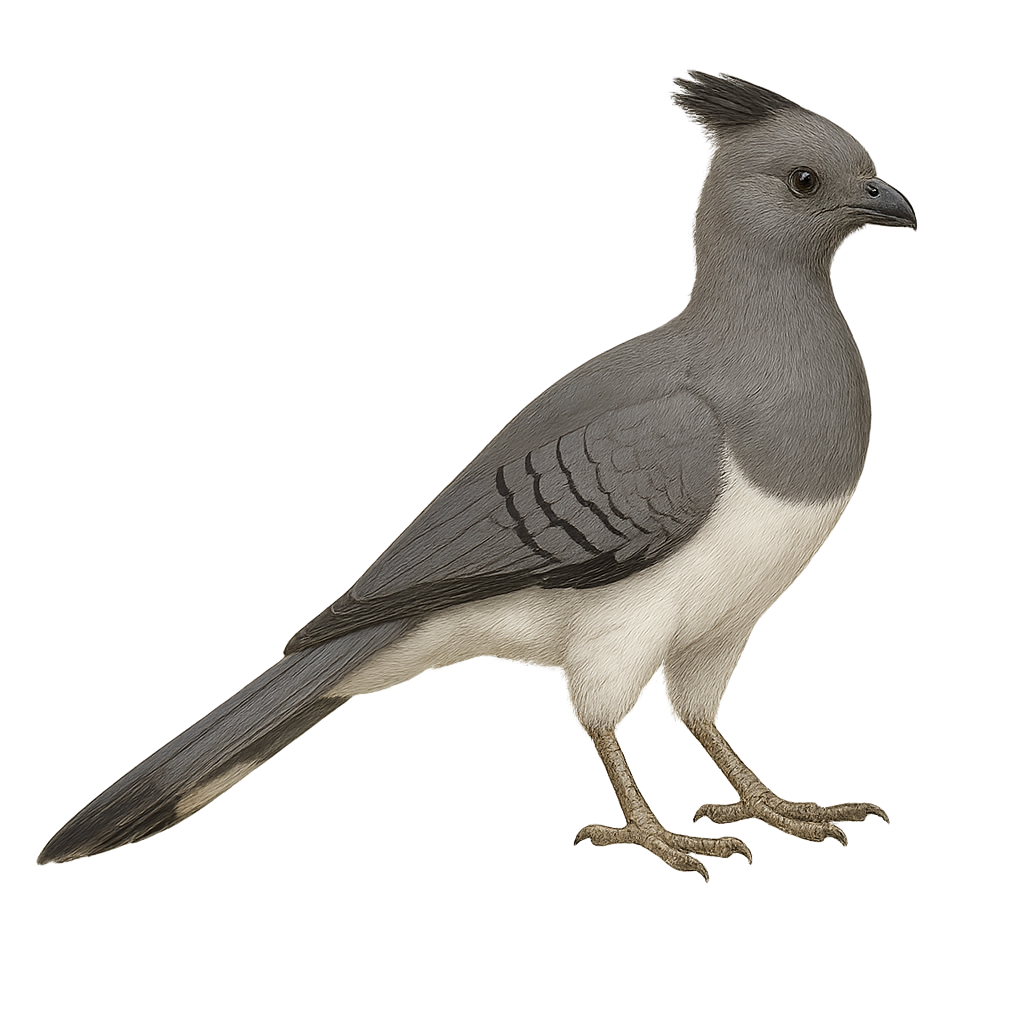Your wildlife photography guide.
Explore the white-bellied go-away-bird in detail, study its behavior, prepare your shots.
Where to observe and photograph the white-bellied go-away-bird in the wild
Learn where and when to spot the white-bellied go-away-bird in the wild, how to identify the species based on distinctive features, and what natural environments it inhabits. The WildlifePhotographer app offers tailored photography tips that reflect the white-bellied go-away-bird’s behavior, helping you capture better wildlife images. Explore the full species profile for key information including description, habitat, active periods, and approach techniques.
White-bellied Go-away-bird
Scientific name: Crinifer leucogaster

IUCN Status: Least Concern
Family: MUSOPHAGIDAE
Group: Birds
Sensitivity to human approach: Suspicious
Minimum approach distance: 10 m
Courtship display: August to September
Incubation: 26-28 jours
Hatchings: August to October
Habitat:
Savannas, open forests
Activity period :
Primarily active during the day, with peak activity in the morning and late afternoon.
Identification and description:
The White-bellied Go-away-bird is a striking bird with grey and white plumage and a distinctive crest on its head. It primarily inhabits the savannas and open forests of East Africa. This bird is known for its distinctive call that sounds like "go-away," hence its English name. It feeds mainly on fruits, but also consumes flowers and leaves. The White-bellied Go-away-bird is a sociable bird, often seen in small groups. Its ability to move agilely through trees with its zygodactyl feet is impressive. Although relatively common in its natural habitat, it remains a fascinating sight for bird watchers.
Recommended lens:
400 mm – adjust based on distance, desired framing (portrait or habitat), and approach conditions.
Photography tips:
To photograph the White-bellied Go-away-bird, it is advisable to use a telephoto lens of at least 400mm to capture detailed images without disturbing the bird. Look for it in the trees of savannas or open forests, where it often feeds on fruits. Be patient and discreet, as this bird can be suspicious. Try to photograph early in the morning or late in the afternoon to take advantage of the best natural light.
The WildlifePhotographer App is coming soon!
Be the first to explore the best nature spots, track rutting seasons, log your observations, and observe more wildlife.
Already 1 430 wildlife lovers subscribed worldwide

